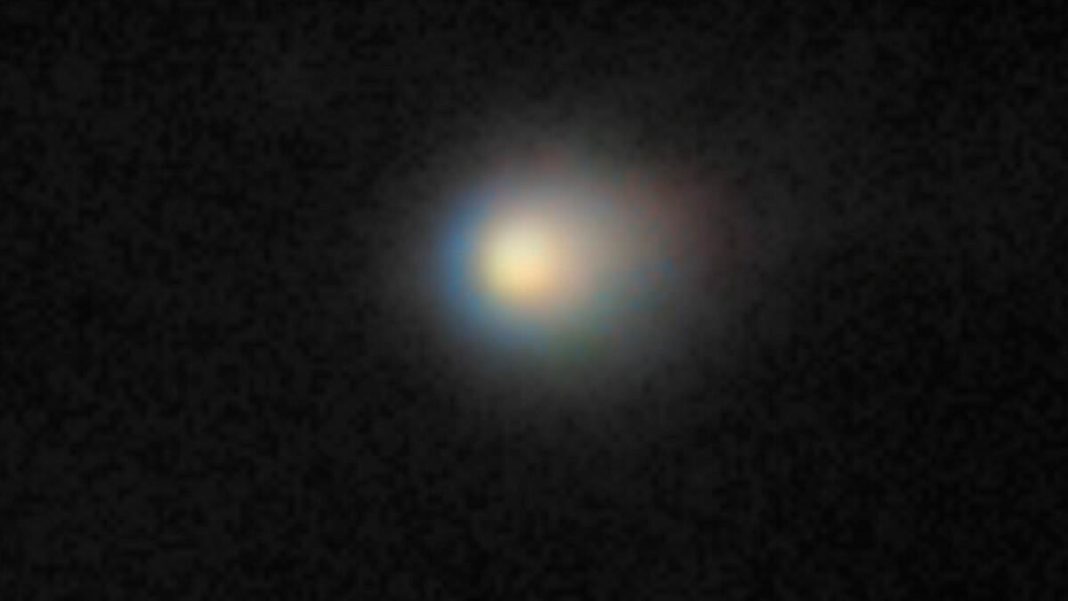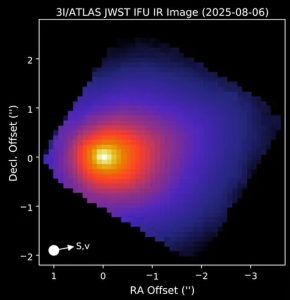Key Takeaways
- Harvard scientist Avi Loeb warns interstellar object 3I/ATLAS could perform a ‘technological action’ eight days after moving behind the sun.
- The object exhibits multiple anomalies inconsistent with known comets, including unusual composition and trajectory.
- Upcoming spacecraft flybys in 2025-2026 will provide crucial data to determine the object’s true nature.
Harvard astronomer Avi Loeb has issued an alert as the interstellar visitor 3I/ATLAS moves behind the sun this Tuesday. The professor suggests this solar conjunction presents an “opportune time for technological action” by the mysterious object.
The Oberth Maneuver Possibility
Loeb explains that in space travel, the optimal moment to accelerate or decelerate is when closest to a massive body—a principle called the Oberth effect. “If 3I/ATLAS is a massive mothership, it will likely continue along its original gravitational path,” Loeb stated in a blog post. “The Oberth maneuver might apply to mini-probes it releases toward Solar system planets.”
The object reaches its best window for such maneuvers just eight days after solar conjunction, approaching within 126 million miles of the sun.
Scientific Debate: Comet or Something Else?
While NASA maintains 3I/ATLAS is simply an interstellar comet, Loeb points to several puzzling anomalies:
- Unusual trajectory: Aligned within five degrees of our solar system’s planetary plane
- Sunward jet: Displays an anti-tail directed toward the sun, contrary to normal comet behavior
- Mass and speed: Approximately a million times heavier than ‘Oumuamua and faster than both previous interstellar visitors
- Chemical composition: Contains nickel-rich gas plumes resembling industrial alloys, with minimal water content
- Polarization: Exhibits extreme negative polarization never seen in comets
- Celestial alignment: Entered our system from a direction within nine degrees of the famous “Wow! Signal”
“As of now, 3I/ATLAS appears most likely to be a natural comet,” Loeb acknowledged. “But the remote possibility of an Oberth maneuver must be considered seriously because of its huge implications for humanity.”
Upcoming Observation Opportunities
Significant data collection events are scheduled:
“Gladly, we expect to get data on 3I/ATLAS shortly after perihelion,” Loeb said. “On November 4, 2025, ESA’s Jupiter Icy Moons Explorer will pass within 40 million miles.”
If following a gravitational trajectory, the object will make its closest Earth approach on December 19, 2025 (167 million miles), then pass within 34 million miles of Jupiter on March 16, 2026, where Juno spacecraft sensors can observe it across multiple bands.






